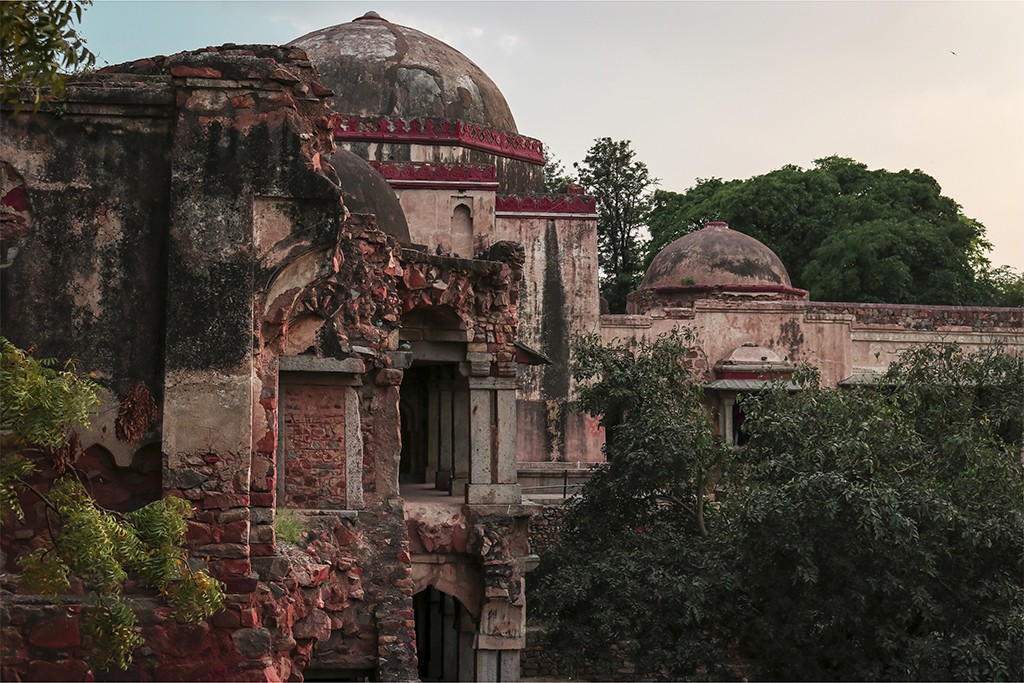Blog // Architecture

In the mid-19th century, people began to be more conscious of the conservation of old buildings, especially with the realisation of the deterioration of buildings over time.
Recovery of the pristine form
Viollet-le-Duc (1814-1879) was one of the first to offer a theory on restoration. The architect established the concept of stylistic restoration, i.e. to restore the building just as it was, giving priority to formal unity and style. However, his philosophy went further than that, since he wished to recover the ideal form and therefore removed any added details which he did not consider conserved the pristine state. His critics accused him of distorting history and producing works which lacked authenticity.
Buildings live and die
On the other hand, John Ruskin (1819-1900), a contemporary of Viollet-le-Duc, defended historical authenticity and advocated non-intervention. He compared the life of an edifice to that of a living being, which is born, lives, and finally dies. A building is a work of art that belongs to its creator and we cannot touch it because it does not belong to us. Therefore, restoration would be the equivalent of destruction because it only produces imitations. Thus, the only way to prevent ruin is conservation.
Scientific restoration
The third great restoration theorist is Camilo Boito (1836-1914). He is considered to be the father of scientific or modern restoration. Based on the ideas of Ruskin, his concept of a building was as a historic, architectural work. He gives priority to conservation over reconstruction and advocates the coexistence of different architectural styles and differentiates clearly between the ancient and modern addition, so that a record is kept and history is not distorted in any way.
29.09.2021 // Architecture
Art & Design Foundation launched a contest with the leitmotiv "Pop Art Full" and invited artists to participate and submit their original designs with the Pop Art theme to the Foundation.
25.06.2021 // Architecture
23.06.2021 // Architecture